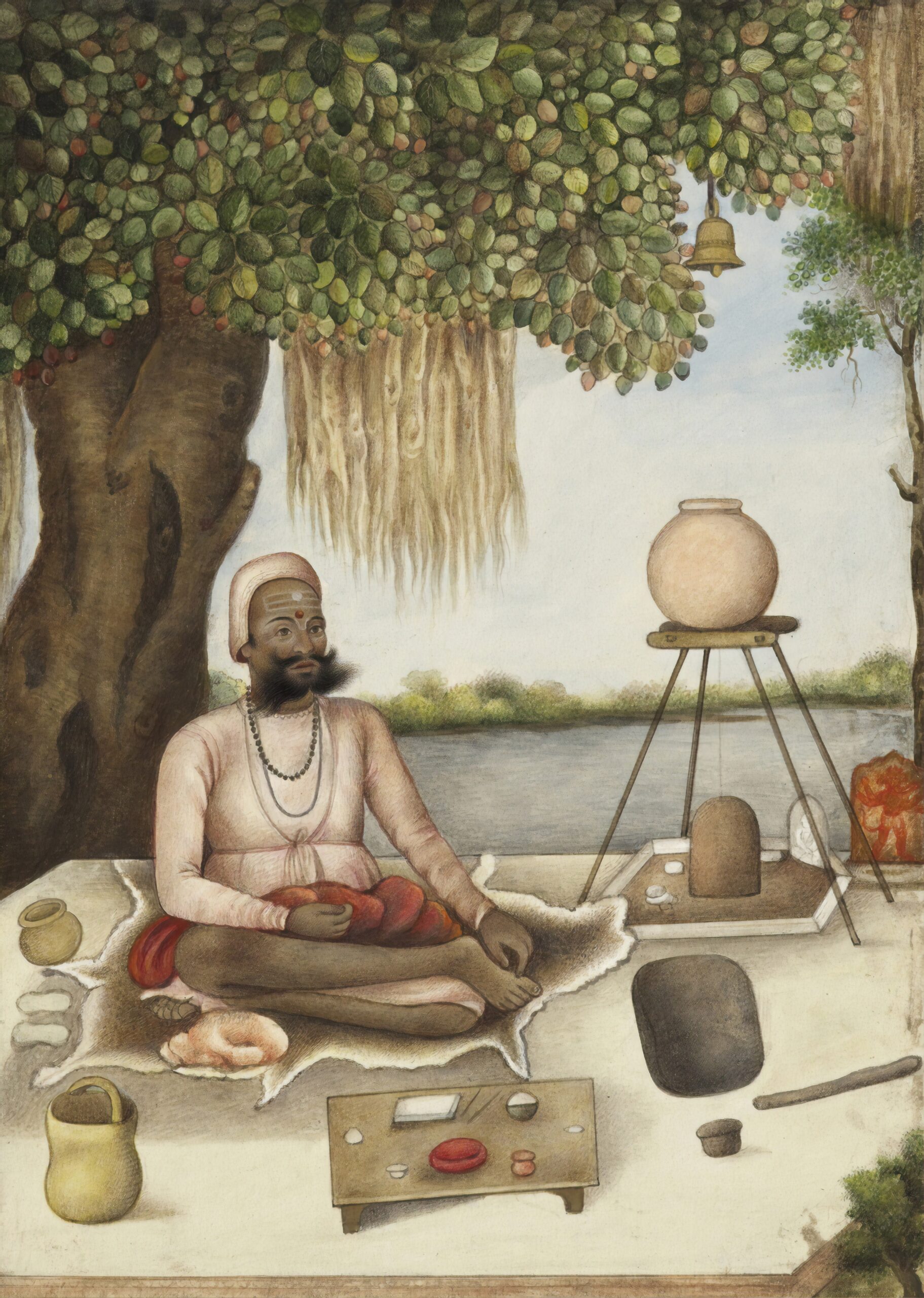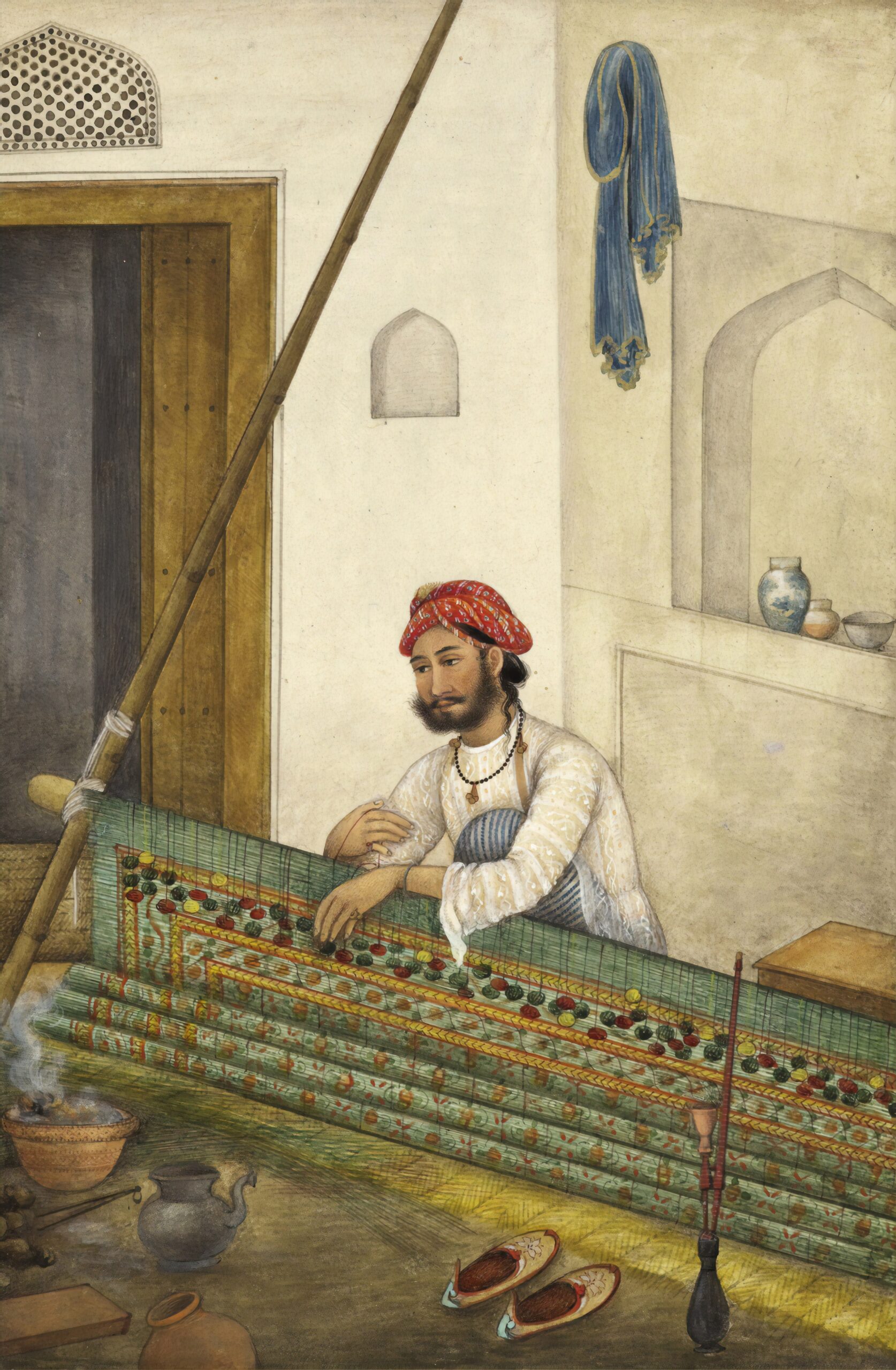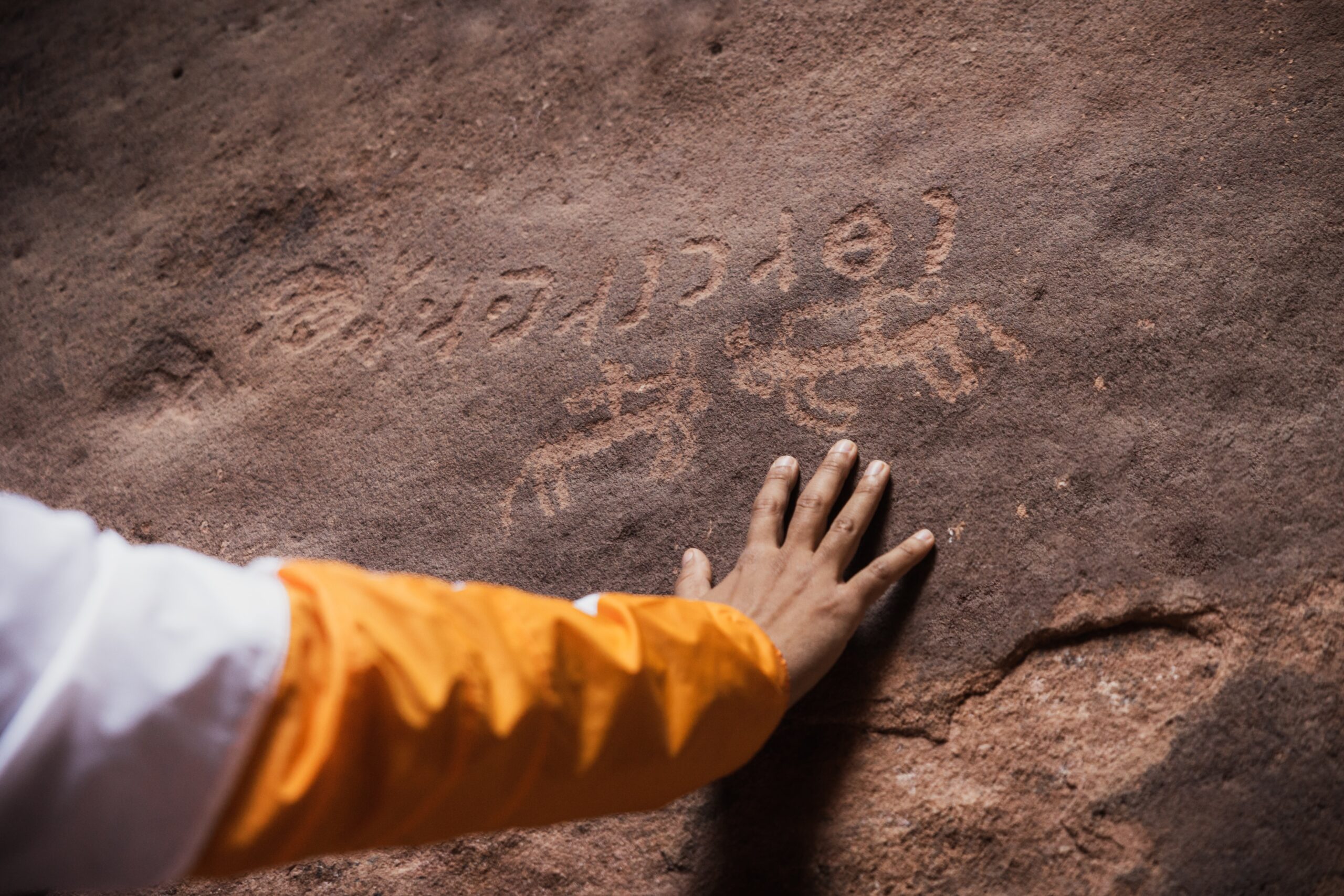You may be familiar with the ancient Mayan civilization, known for their impressive achievements in mathematics, astronomy, and architecture. But did you know that the Mayans were also multilingual? In this article, we will delve into the fascinating world of Mayan languages and discover just how many languages the Mayans spoke. From the intricacies of their hieroglyphic writing system to their linguistic diversity, we will explore the impact of language on Mayan life and culture. Get ready to uncover the linguistic talents of this remarkable civilization and be inspired to embark on your own language-learning journey.

History of the Mayans
The Mayans, one of the most fascinating ancient civilizations, have a rich and complex history that spans over thousands of years. Their civilization emerged in the pre-Columbian era and flourished in what is now modern-day Central America, predominantly in the regions of present-day Mexico, Belize, Guatemala, El Salvador, and Honduras.
Origin of the Maya people
The origins of the Maya people can be traced back to the Yucatan Peninsula in Mexico around 2000 BCE. The Maya civilization was developed by the indigenous people who settled in this region. Archaeological evidence suggests that the Mayans were skilled farmers who cultivated maize, beans, squash, and other crops. They also built impressive cities, developed advanced architectural techniques, and excelled in pottery, art, and astronomy.
Flourishing of Mayan civilization
The Mayan civilization reached its peak between 250 and 900 CE, commonly known as the Classic Period. During this time, the Mayans expanded their influence over a vast territory, establishing powerful city-states with distinct political, economic, and religious systems. Mayan society was hierarchical, with rulers and nobles at the top, followed by a class of priests, warriors, and skilled artisans.
See Also: How Many Languages Does Ben Affleck Speak?
The Mayans had a complex system of writing, an accurate calendar, and highly developed mathematical and astronomical knowledge. They built magnificent temples, pyramids, and observatories, showcasing their advanced architectural skills and religious practices. The cities of Tikal, Chichen Itza, and Palenque are among the most well-known and visited Mayan archaeological sites today.
Decline and extinction of the Mayan civilization
Around the 9th century CE, the Mayan civilization experienced a significant decline. The reasons for the decline are still debated among historians and archaeologists. Some theories suggest that internal conflicts, social unrest, and environmental factors such as deforestation and drought played a role in the collapse of Mayan city-states.
By the time the Spanish conquistadors arrived in the 16th century, the once-great Mayan civilization had already faded away. The arrival of the Europeans further disrupted Mayan societies, leading to the forced conversion of the Mayans to Christianity and the loss of their cultural practices and languages.
Diversity of Mayan Languages
The Mayan civilization was not only known for its impressive architectural and artistic achievements but also for its linguistic diversity. The Mayans spoke a group of closely related languages known collectively as Mayan languages.
Classification of Mayan languages
Linguists classify the Mayan languages into a larger family called the Mayan family of languages. This language family can be further divided into several branches, each consisting of different Mayan languages. The branches include Yucatecan, Q’anjob’alan-Chujean, Tzeltalan, Ch’olan-Tzeltalan, and Huastecan.
Number of Mayan languages
Within the Mayan language family, there are approximately 31 different Mayan languages, each with its own unique characteristics and dialects. Some of the most widely spoken Mayan languages include Yucatec Maya, K’iche’ Maya, Tz’utujil Maya, Q’eqchi’ Maya, Mam Maya, and Ch’orti’ Maya. These languages are still spoken by Mayan communities today, although the level of fluency varies.
Mayan Hieroglyphs
The Mayans developed a complex system of hieroglyphic writing as early as the 3rd century BCE. These hieroglyphs were primarily used for recording historical events, religious rituals, and astronomical observations. They were also used on various artistic and architectural structures.
The discovery of Mayan hieroglyphs
The existence of Mayan hieroglyphs was known to Western scholars for centuries, but it wasn’t until the 19th century that significant progress was made in understanding their meaning. The breakthrough came with the discovery of the Rosetta Stone, which provided a key to deciphering Egyptian hieroglyphs. This discovery inspired scholars to make similar breakthroughs with other ancient writing systems, including Mayan hieroglyphs.
Decipherment of Mayan hieroglyphs
The decipherment of Mayan hieroglyphs was a challenging task that required the collaboration of archaeologists, linguists, and epigraphers. The breakthrough came in the mid-20th century when the Russian linguist Yuri Knorozov proposed the phonetic nature of Mayan hieroglyphs. This breakthrough paved the way for further decipherment efforts and a better understanding of Mayan history, culture, and languages.
Importance of Mayan hieroglyphs for understanding Mayan languages
The decipherment of Mayan hieroglyphs has been instrumental in reconstructing the history and culture of the Mayan civilization. It has also provided valuable insights into the linguistic features of Mayan languages. By analyzing the hieroglyphic texts, linguists have been able to identify grammatical patterns, vocabulary, and language variations within the Mayan language family.
Mutual Intelligibility among Mayan Languages
The Mayan languages share a significant degree of mutual intelligibility, meaning that speakers of different Mayan languages can understand each other to a certain extent. This mutual intelligibility is due to the close linguistic relationship among Mayan languages and their shared grammatical structures.
Similarities among Mayan languages
Despite the diversity of Mayan languages, there are many similarities in terms of vocabulary, grammar, and pronunciation. For example, most Mayan languages have a complex verb system, making use of prefixes, suffixes, and infixes to express tense, aspect, and mood.
Dialects within Mayan languages
Within each Mayan language, there are also dialectal variations. These variations are influenced by geographical factors, historical developments, and social factors. While most of these dialectal differences do not hinder mutual intelligibility, some may require speakers to make adjustments in pronunciation and vocabulary.

Major Mayan Languages
Among the numerous Mayan languages, some have a larger number of speakers and are considered major languages within the Mayan language family.
Yucatec Maya
Yucatec Maya is one of the most widely spoken Mayan languages, primarily spoken by the Yucatec Maya people in the Yucatan Peninsula of Mexico. It has approximately 800,000 speakers and is recognized as an official language in Mexico.
K’iche’ (Quiché) Maya
K’iche’ Maya, also known as Quiché Maya, is spoken by the K’iche’ Maya people in Guatemala. It is estimated to have around 2 million speakers and is considered one of the most important Mayan languages in terms of literature and cultural identity.
Tz’utujil Maya
Tz’utujil Maya is spoken by the Tz’utujil people in Guatemala, particularly in the region around Lake Atitlán. It has approximately 80,000 speakers and is known for its rich oral tradition and vibrant cultural expressions.
Q’eqchi’ Maya
Q’eqchi’ Maya, spoken by the Q’eqchi’ Maya people in Guatemala and Belize, is the third most widely spoken Mayan language. It has around 800,000 speakers and is an important language in the region.
Mam Maya
Mam Maya is spoken by the Mam people in Guatemala and Mexico. With approximately 500,000 speakers, Mam Maya is known for its linguistic diversity, with numerous dialectal variations.
Ch’orti’ Maya
Ch’orti’ Maya is spoken by the Ch’orti’ Maya people in Guatemala and Honduras. It has around 30,000 speakers and is recognized for its rich cultural heritage and historical significance.
Minor Mayan Languages
In addition to the major Mayan languages, there are several minor Mayan languages that have smaller speaker populations.
Ixil Maya
Ixil Maya is spoken in the highlands of Guatemala by the Ixil Maya people. It has around 100,000 speakers and, like other Mayan languages, is characterized by its intricate grammatical structures.
Jakaltek Maya
Jakaltek Maya, also known as Popti’, is spoken by the Jakaltek Maya people in Guatemala. It has approximately 80,000 speakers and is recognized for its linguistic complexity and rich cultural traditions.
Tojolabal Maya
Tojolabal Maya is spoken by the Tojolabal people in Mexico and Guatemala. With an estimated 60,000 speakers, it is an important language within the Mayan language family.
Chol Maya
Chol Maya is spoken by the Chol people in Mexico and Guatemala. It has around 220,000 speakers and is known for its distinct phonetic features and cultural significance.
See Also: How Many Languages Does Charlize Theron Speak?

Importance of Mayan Languages Today
Despite the historical challenges faced by the Mayan languages, efforts are being made to preserve and revitalize them in modern society.
Preservation efforts
Various organizations, both local and international, are working to document, preserve, and revitalize the Mayan languages. These efforts include the creation of educational materials, language immersion programs, and the establishment of language revitalization centers.
Mayan languages in education
Mayan languages are increasingly being incorporated into educational programs in Mayan communities. Bilingual education initiatives aim to not only teach Mayan languages but also ensure that students are proficient in both their native language and the dominant national language.
Mayan languages in cultural revival
Mayan languages play a crucial role in the preservation of Mayan cultural practices, rituals, and oral traditions. Through music, storytelling, and other cultural expressions, Mayan communities continue to celebrate and promote their linguistic heritage.
Influence of Mayan Languages
The influence of Mayan languages is not limited to the Mayan-speaking communities themselves. Mayan languages have left a lasting impact on regional accents, dialects, and even other languages.
Mayan loanwords in Spanish
Spanish, the dominant language in Central America, has been greatly influenced by Mayan languages. Many words in Spanish have Mayan origins, particularly those related to local flora and fauna, as well as cultural practices and traditions.
Mayan influence on regional accents and dialects
The vibrant linguistic diversity in Central America owes much to the influence of Mayan languages. Regional accents and dialects often incorporate Mayan phonetic features, vocabulary, and grammatical structures, showcasing the enduring linguistic impact of the Mayan civilization.
Language Shift and Endangerment
Despite the ongoing efforts to preserve and revitalize Mayan languages, they still face significant challenges in the modern world.
Factors contributing to language shift
The shift towards dominant national languages, such as Spanish and English, is one of the main factors contributing to the endangerment of Mayan languages. Economic and social pressures, urbanization, and globalization have resulted in the erosion of traditional Mayan language use, particularly among younger generations.
Endangered Mayan languages
Some Mayan languages are classified as endangered, meaning that they have a small number of speakers and are at risk of becoming extinct. These endangered Mayan languages require special attention and support to ensure their survival for future generations.
See Also: How Many Languages Does Barron Trump Speak?
Conclusion
The Mayan civilization has left a remarkable legacy in terms of its history, languages, and cultural heritage. While the Mayan civilization may have declined, the richness and diversity of Mayan languages continue to captivate linguists, historians, and cultural enthusiasts worldwide. Efforts to preserve, revitalize, and celebrate Mayan languages play a vital role in honoring the Mayan legacy and ensuring the survival of these unique linguistic traditions for generations to come.




